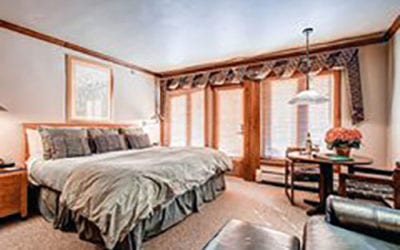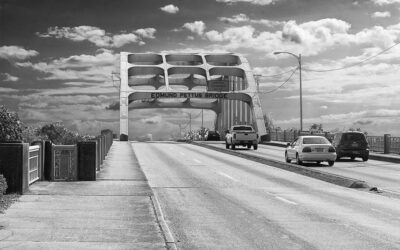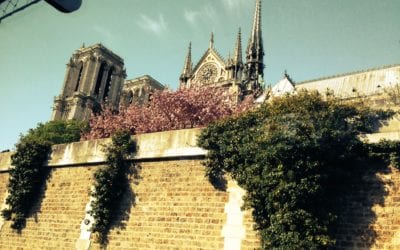This Rooms to Explore feature focuses upon places to stay throughout the country and the world that become part of a visit to a destination. These are hotels, inns and other accommodations that help to bring the local history, culture and lifestyle alive in a very meaningful way — where the sightseeing and travel experience begin in the lodging itself. When I’m lucky enough to come across such places, I take pleasure in sharing my fortunate encounter, and my observations, with others.
Many travelers to Hawaii enjoy – or, depending on their reaction, are subjected to – hula shows, lei making demonstrations and other attempts to add a bit of local culture to their visit. At times, however, those rather clichéd, sometimes kitschy, efforts leave much of the real story untold.
Not so at the Hilton Waikoloa Village and Beach Resort on Hawaii Island – often called the Big Island to avoid confusion. Guests at that inviting property are immersed in, surrounded by and introduced to so many varied touches of local lore that they could get a real feel for what Hawaii is all about without leaving the sprawling campus.

Sure, the Hilton Waikoloa complex includes some of the familiar activities encountered elsewhere throughout the Hawaiian Islands. Lei making and ukulele lessons? Check! Somewhat less common offerings like storytelling and feasting on pig roasted in the traditional way in an underground oven? Available.
But at this history-rich hotel, that’s just the beginning. Opportunities for learning extend well beyond the usual. If you have a hankering for coconut husking or are bowled over by learning the traditional Ulu Maika stone-bowling game, this is the place for you. Anyone interested in knowing how to pronounce town names like Kapa’au and Na’alehu in the consonant-sparse Hawaiian lingo may sign up for a language class.
Walking around the flower and foliage-festooned grounds of the sea-side setting provides experiences that range from unusual to unique. One of the Big Island’s major claims to fame is that it’s home to five volcanoes which over time created the island.
Three of the five are visible from the resort. The peak of Mauna Kea, which soars to 13,796 feet, is the most sacred in Hawiian lore. Kohala is the granddaddy, estimated to be 1 million years old. Mauna Loa is considered to be the largest volcano in the world in mass and volume. Lava rock from past eruptions of the volcanoes lines paths that meander through the hotel complex.

The Petroglyph Tail provides a different insight into early Hawaiian culture. Carvings in the lava rock depict various aspects of life and history about which primitive artists sought to leave a permanent record.
More sophisticated examples of art are encountered throughout the extensive grounds. A unique mile-long Museum Walkway is lined by more than 1,800 art pieces from throughout Asia, the Pacific Ocean region and other areas
whose diverse traditions left their influence on the culture of Hawaii.
Some are simply artistic, whole others also had practical uses. For example, a crocodile figure mask was used during ceremonies in New Guinea. The color of red lacquer wedding trays from China historically has represented joy, the painted bats were believed to bring good fortune and fish served as symbols of fertility. One of the most dramatic creations is a magnificent life-size bronze replica of the horse-drawn royal chariot from Thailand.
The effort to enhance the visitor’s experience also extends to some less likely places. That includes the somewhat mystifyingly named Kamuela Provision Company, the resort’s multi-award-winning gourmet restaurant which offers breathtaking views of the Pacific Ocean and spectacular sunsets. Its cuisine is described as “Hawaiian regional,” with a focus upon locally grown, raised and caught ingredients. Hawaiian Legends and Storytelling dinner events combine treats for the taste buds with interesting information for the inquisitive.
If you think that Hawaiian coffee fruit, cane sugar and coconut milk sound like ingredients of recipes on the restaurant menu, think again. They’re among native ingredients that are used at the Kohala Spa, which gets its name from the northwesters tip of the island.

For the visitor to the Big Island with an interest in Hawaiian history, traditions and culture, the Hilton Waikoloa Village can provide a meaningful introduction and more. Note: I did not stay at the resort and did not get any “freebies.” I spent an afternoon there taking notes and pictures. I was taken with how much the hotel “said” Big Island and Hawaii, in a more meaningful and “real” way than other resorts do.
For more information about that aspect of the resort, and its facilities and activities, call (808) 886-1234 (direct) or (800) 445-8667 (Hilton Hotels) or log onto hiltonwaikoloavillage.com.

After gallivanting throughout the United States and to more than 75 other countries around the world, and writing about what he sees, does and learns, Victor Block retains the travel bug. He firmly believes that travel is the best possible education, and claims he still has a lot to learn. He loves to explore new destinations and cultures, and his stories about them have won a number of writing awards.



